Editor’s Note: At the age of 20, Jim Parsons became paralyzed in an accident and began using a wheelchair for mobility. A college student at the time, he finished his degree at Indiana University and went on to receive an MBA from the same institution. Upon entering the working world, his career in business and investment banking required extensive travel. Well before the Americans with Disabilities Act, Parsons learned to navigate hotels, restaurants, airlines, and more from his wheelchair. Having visited five continents and more than 40 countries over the past half century, Parsons, now retired, shares his wheelchair travel insights through his website, WheelchairJimmy.com.
My travels have taken me to so many hotels, restaurants, and tourist attractions around the world. Some were great. Some were horrible. There are always challenges involved when traveling in a wheelchair, so when I retired, I decided to create WheelchairJimmy.com. I wanted to put together a site to review and rate hotels, restaurants, attractions, and transportation, and let people know what's accessible and most importantly, what to avoid.

As I traveled over the years, I created a database with a rating system.
I wanted something more in-depth than compliance with the Americans with Disabilities Act because it doesn't cover many things that are important to wheelchair travelers.
For instance, it doesn't address bed height, and restaurants often fall under the safe harbor provision. With that in mind, I created the Wheelchair Jimmy Accessibility Rating (WJAR) system.
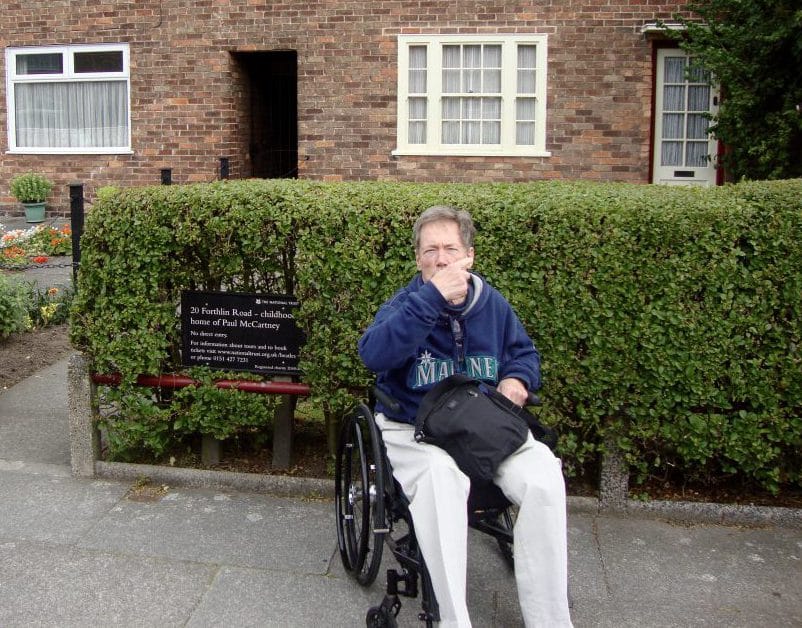
My alma mater, Indiana University, has an accessibility program, so I asked one of the professors there to work with me to create the WJAR system. As we were building it out, a hospitality professor at the University of Central Florida called me and wanted to get involved as well. UCF has one of the best hospitality programs in the world, so we were excited to partner with them.
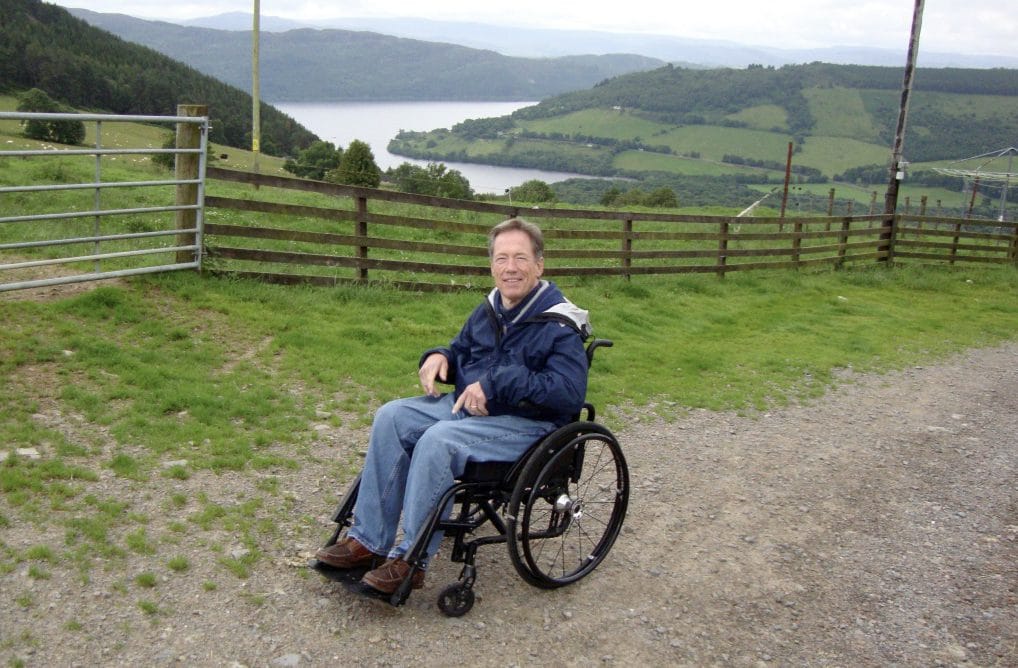
I created a database for the students, and as they visit various properties, they fill in the accessibility information they’ve collected. They also add videos and photos. I then go in and analyze the data and decide on a WJAR score for WheelchairJimmy.com. With the UCF program, we've now covered all of Orlando and much more. I’ve also received calls from other hospitality programs wanting to get involved, so we’re working on bringing them on as well.
These college programs are teaching students, the hospitality managers of tomorrow, what being wheelchair-friendly is all about.
They’re learning that it’s not just about ADA compliance. Some of the students rent wheelchairs and go out and do their reviews in them. They have a good time doing it. Through these programs, we've added over 200 entries to the database including hotels, restaurants, casinos, transportation, and attractions.
We recently redesigned and relaunched WheelchairJimmy.com. Now, anybody with a disability can rate and review a property from anywhere in the world. We ask travelers to create an account and certify that they or the person they travel with are disabled.
Overall, we've covered thousands of properties in several major cities across the US.
We've also reviewed parts of South America and New Zealand. Our YouTube channel has over 400 videos filmed at various destinations. It’s been a great retirement project.
Even though the ADA doesn’t cover everything, it did do a lot of good. When cities started adding curb cuts, it made a big difference for wheelchair users. Because of the ADA, people at least acknowledge accessibility issues today.
Mass transportation is also a lot better than when I first started traveling in a wheelchair over 50 years ago.
On the other hand, trying to rent a wheelchair-friendly car is more difficult today than it was in the past. I used to be able to rent a car anywhere in the United States and throw my wheelchair in the passenger seat. I can no longer do that because the cars are smaller, and the only place a wheelchair will fit is in the trunk. Most rental car companies offer hand controls, but I can never go anywhere by myself because I can't put the chair in the trunk on my own.
They've truly discriminated against wheelchair users.
The only way to get around this is to rent an accessible van, which is expensive. A lot of people can't afford one.
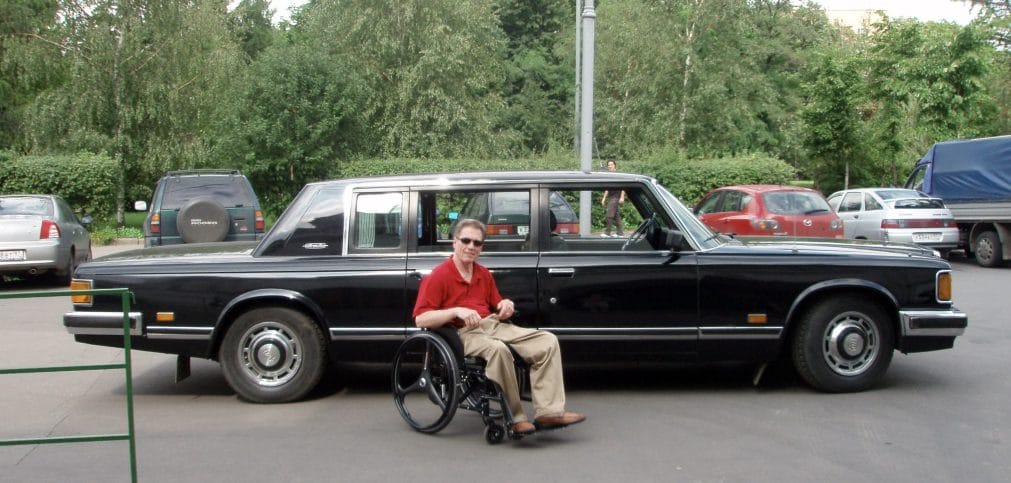
Another thing that should have improved over the years but hasn’t is airline travel. I’ve tried fighting the airlines to no avail. Unfortunately, the lobbies control the Air Carrier Access Act. I went on a tour of the Boeing facilities a few years ago, and I was actually told by an employee that people in wheelchairs are not their business model.
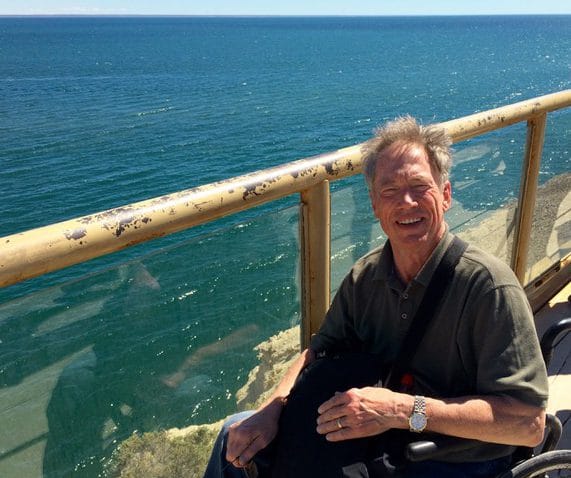
The most important element of enjoying travel is planning ahead. When I go on a long trip, I often take six months to prepare. Even if I’m just going on a weekend trip, I make sure to research hotels and restaurants. I call each property I intend to visit and inquire about accessibility. Every time I stay at a hotel, I make the reservation as far in advance as possible because there are only a limited number of accessible rooms at each property. I also call them a couple of days before arrival to confirm everything because sometimes you get there, and they’ve given away your room.
Never book anything online or even with the call centers for a hotel chain.
When you reserve with a call center, they take down the booking information and then send the instructions to the specific property. However, sometimes the pertinent details aren’t properly relayed, so you end up arriving at your hotel and discover they didn’t reserve you an accessible room. I always reserve with the front desk of the specific property I'm going to stay at. I also have a list of 20 questions I ask them about accessibility.
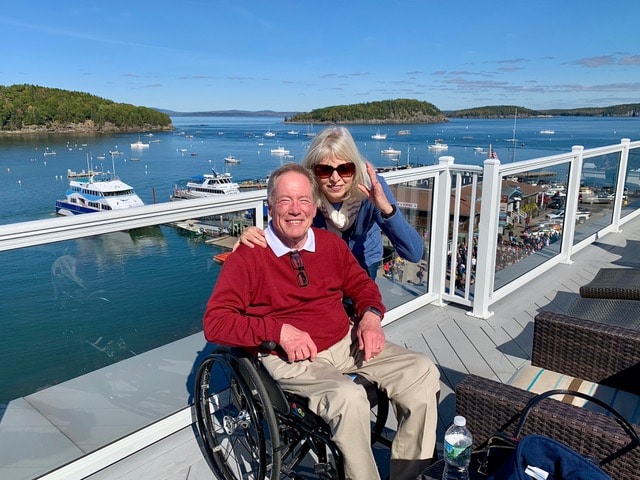
If you've never traveled in your wheelchair before, start somewhere close to home. You don't have to go to another country. Often, the most difficult thing is getting from the airport to the hotel, so make sure to plan all transportation before arriving at your destination. I'm able to transfer into the front seat of a taxi, which is what I usually do, and then I ask the taxi driver to put my chair in the back. Some cities have accessible taxis, but at an airport, it can take some time before you get one. Uber and Lyft have begun adding accessibility features as well, but not all cities are included.
The whole purpose of WheelchairJimmy.com is to encourage people in wheelchairs to get out, have fun, and experience the world. I've certainly done it and have enjoyed myself. My wife and I try to do month-long trips all over the world.
We want to experience all of the fun things this planet has to offer and let people know what's accessible as well as what's not.
If we can inspire people to get out and do things, all the better.
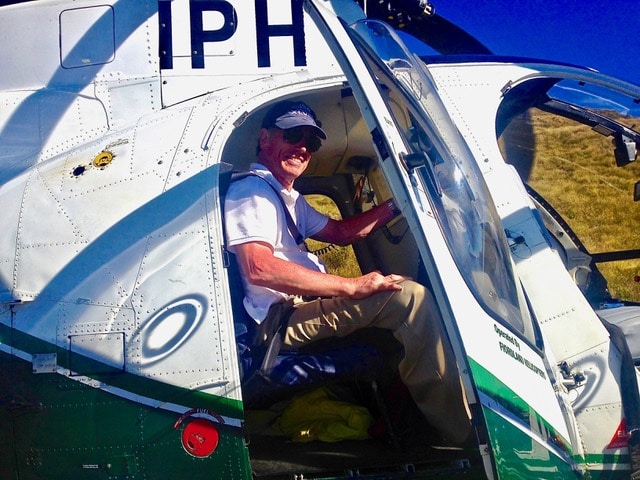
Editor’s Note: When planning your next trip, head over to WheelchairJimmy.com to check out reviews of hotels, restaurants, and attractions at your destination. Make sure to create an account and submit your own reviews as you visit various locations. Instructions to do so can be found here. Don’t forget to watch some of Jimmy’s YouTube videos, too!
All information and photos included in this article were provided by Jim Parsons, creator of WheelchairJimmy.com.
About the Author
Betsy Bailey has a diverse background that includes experience in marketing research, business operations, travel and culinary writing, and playing volleyball professionally overseas.
Betsy has been writing for Wheel:Life since January of 2017 and thoroughly enjoys the process of getting to know her interviewees. She also practices parkour, speaks French fluently, and travels any chance she gets!